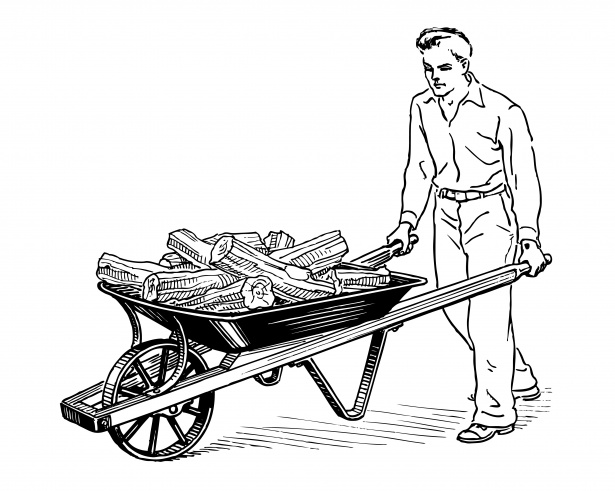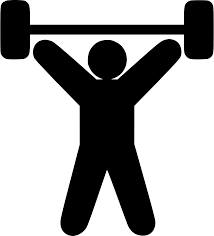Force Copy
Force is the amount of muscular effort required to perform a movement or task. Forceful muscular exertions overload muscles, tendons, joints and discs and are associated with most MSDs.
Repetitive force – using force repeatedly over a period of time to move or support an object:
- Lifting and stacking goods onto a pallet
- Gripping and handling bricks when bricklaying
- Repetitively pressing components with the thumbs or another part of the hand to assemble an item
- Prolonged application of therapeutic massage treatments
- Removing splinting material from patients using shears

Sustained force – occurs when force is applied continuously over a period of time:
- Pushing or pulling a trolley around hospital wards
- Holding down a trigger to operate a power tool
- Supporting a plaster sheet while fixing it to a ceiling
- Carrying objects over long distances
- Supporting, positioning or stabilising a patient’s limb during surgery or when applying splinting or casting material.

High force – may be exerted by the back, arm or leg muscles or by the hands and fingers:
- Lifting, lowering or carrying a heavy object
- Lifting, lowering or carrying an object that cannot be positioned close to the body
- Pushing or pulling an object that is hard to move or stop
- Restraining a person or animal

Sudden force – jerky or unexpected movements while handling an item or load are particularly hazardous because the body must suddenly adapt to the changing force:
- Impact recoil of a large nail gun
- Throwing or catching objects
- Cutting reinforcement steel with large bolt cutters
- Carrying an unbalanced or unstable load such as bagged stock feed pellets that suddenly moves
- Handling frightened or resistant animals
- Handling patients who suddenly resist or no longer assist during the handling procedure

